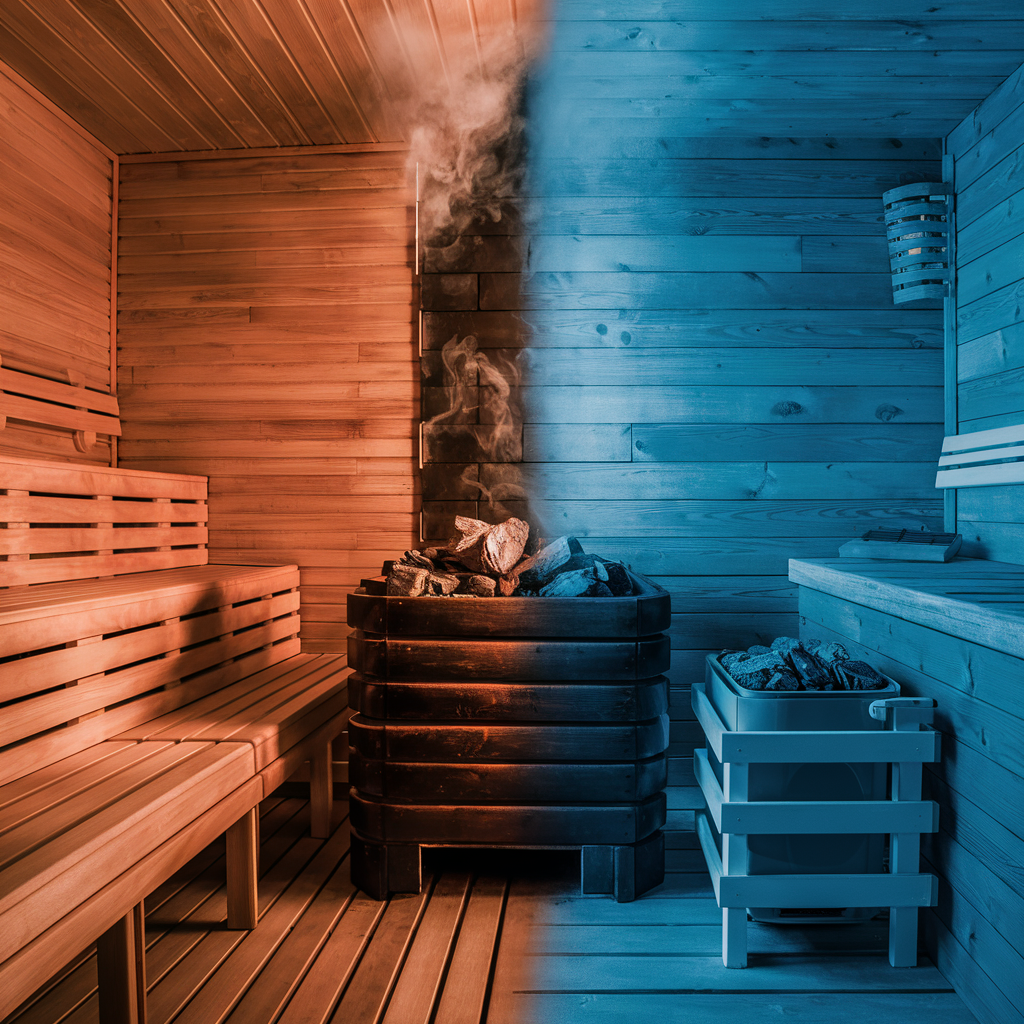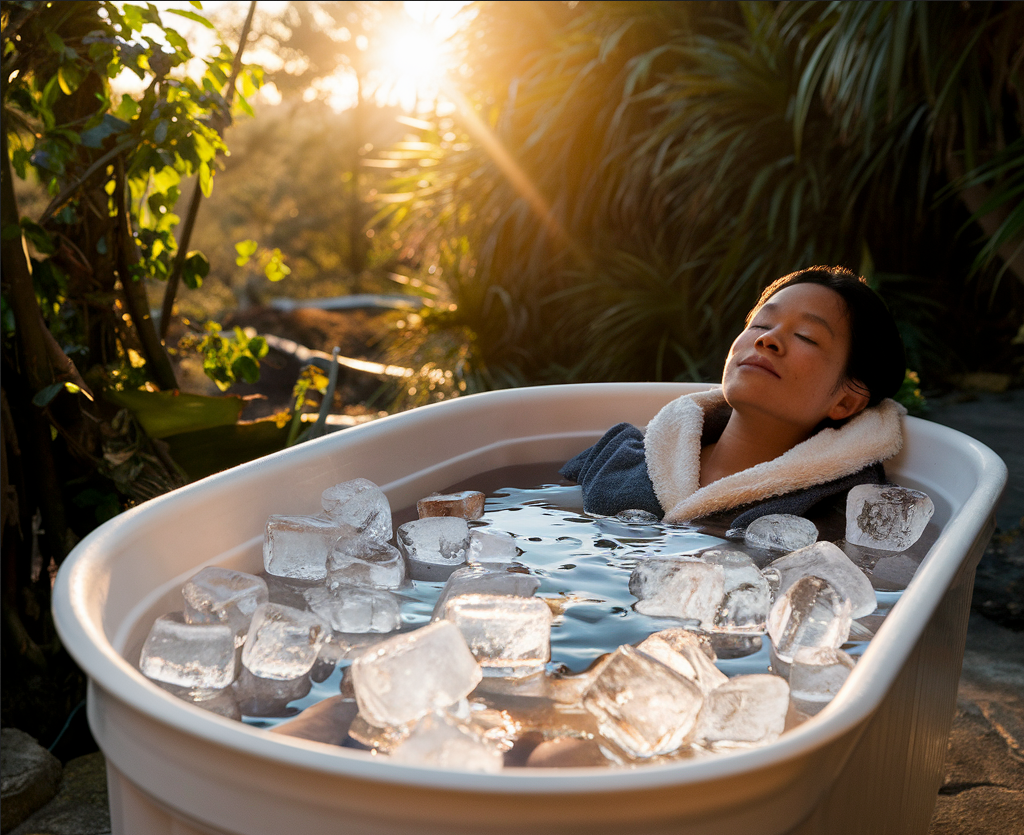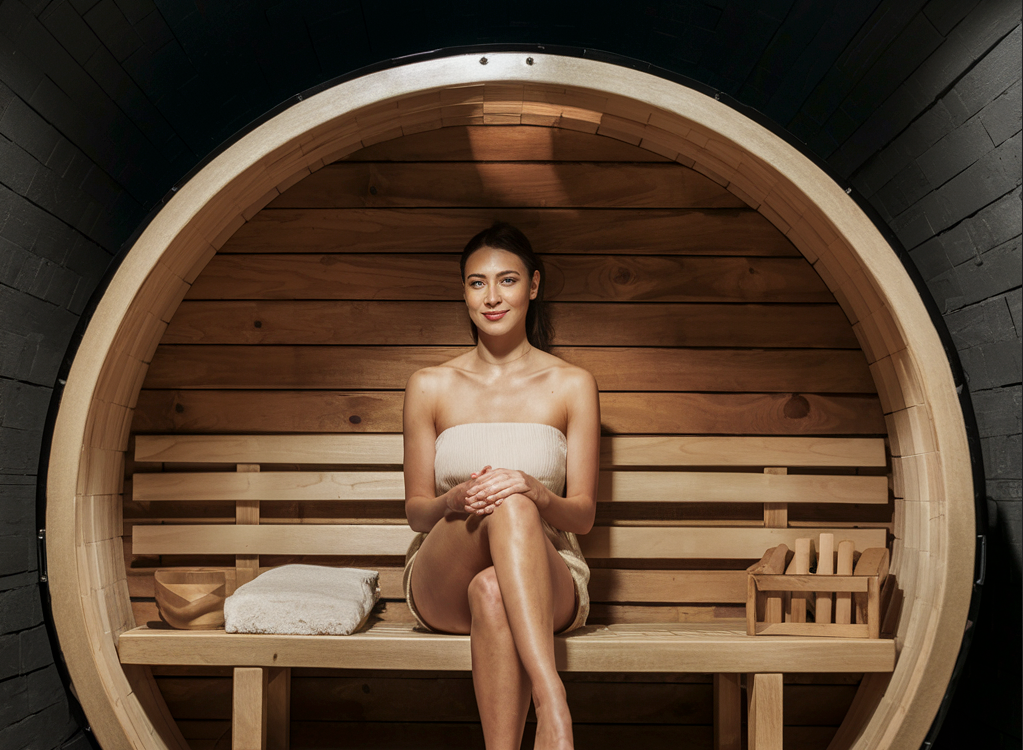What are The Best Things to Wear In a Sauna?
A sauna session is a great way to relax after a long day at work, after a workout, or just to unwind and enjoy the health benefits. You always want to feel comfortable, especially when it comes to what you wear.
Sauna Etiquette
Before using a sauna, remember to take off your work clothes and shower. This helps remove sweat and dirt, keeping the sauna clean.
If it's your first time in a sauna, you might wonder what to wear.
In Finland, it's common to go to the sauna naked, whether in private or public. Most Finns do this. If you're not Finnish, you might prefer to wear a bathing suit or a towel, or try the authentic Finnish experience and go naked.
Go Naked
I know this post is about what to wear, but honestly, many feel most comfortable wearing nothing. It's normal to go naked in the sauna with friends, family, and strangers. Most Finns don't mind.
The best way to see if you're comfortable with it is to try it out. If not, don't worry, there are other options!
Wear a Swimsuit
If you don't feel comfortable going naked, wear a swimsuit.
Check the rules at the public saunas you plan to visit to see if swimsuits are allowed. You can call ahead or check their website.
In most cases, they will ask you to shower before entering the sauna. Make sure your swimsuit is clean to avoid spreading bacteria.
- Avoid swimsuits with decorative pieces that can burn your skin.
- Swimsuits made of PVC material can prevent your skin from breathing properly, which can lead to overheating and dehydration.
- PVC fabric can also melt and release toxic fumes when it gets too hot.
- Wear a swimsuit made from natural materials, with a loose fit for better airflow.
Cover with a Towel
If you don't have a swimsuit, you can use a towel. Most public or hotel saunas provide towels.
You can bring your towel or borrow one. Make sure it's clean before you use it.
Cotton Clothes
Wearing cotton clothes in the sauna is a safe and healthy option.
- Make sure your cotton clothing is clean.
- An oversized t-shirt can be very comfortable.
- Wear loose-fitting clothes, like a cotton wrap or shorts.
- Cotton absorbs heat well and lets your skin breathe.
- Keep a towel close by to sit on and maintain cleanliness.
Flip Flops or Slippers
You might not need to wear flip-flops or slippers in the sauna, but it's a good idea to have them for walking around. They protect your feet from dirt in public areas.
You can only wear flip-flops in a private home sauna. In public saunas, wearing shoes or flip-flops can be seen as rude.
Check the rules before entering a sauna with flip-flops. Some places provide them for visitors.
If you have a sauna at home, you can decide what is acceptable. But generally, saunas should be shoe-free to stay clean.
What to Avoid in a Sauna
Tight-Fitting Clothes Avoid tight clothes and sweaters. They absorb sweat but don't help cleanse your skin.
Lotions and Creams Avoid lotions and creams before a sauna session. They clog pores. If you must use them, do so after the session. The sauna helps clear your skin of toxins, so keep your pores open.
Metal Jewelry and Piercings Saunas are hot, and metals conduct heat well. Avoid wearing metal jewelry and piercings to prevent burns.
Conclusion
Choosing the right attire for the sauna is all about comfort and hygiene. Whether you prefer to go naked, wear a swimsuit, or cover up with a towel, make sure to follow the guidelines for a safe and relaxing experience. Remember to avoid tight clothes, lotions, and metal jewelry to get the most out of your sauna session.



